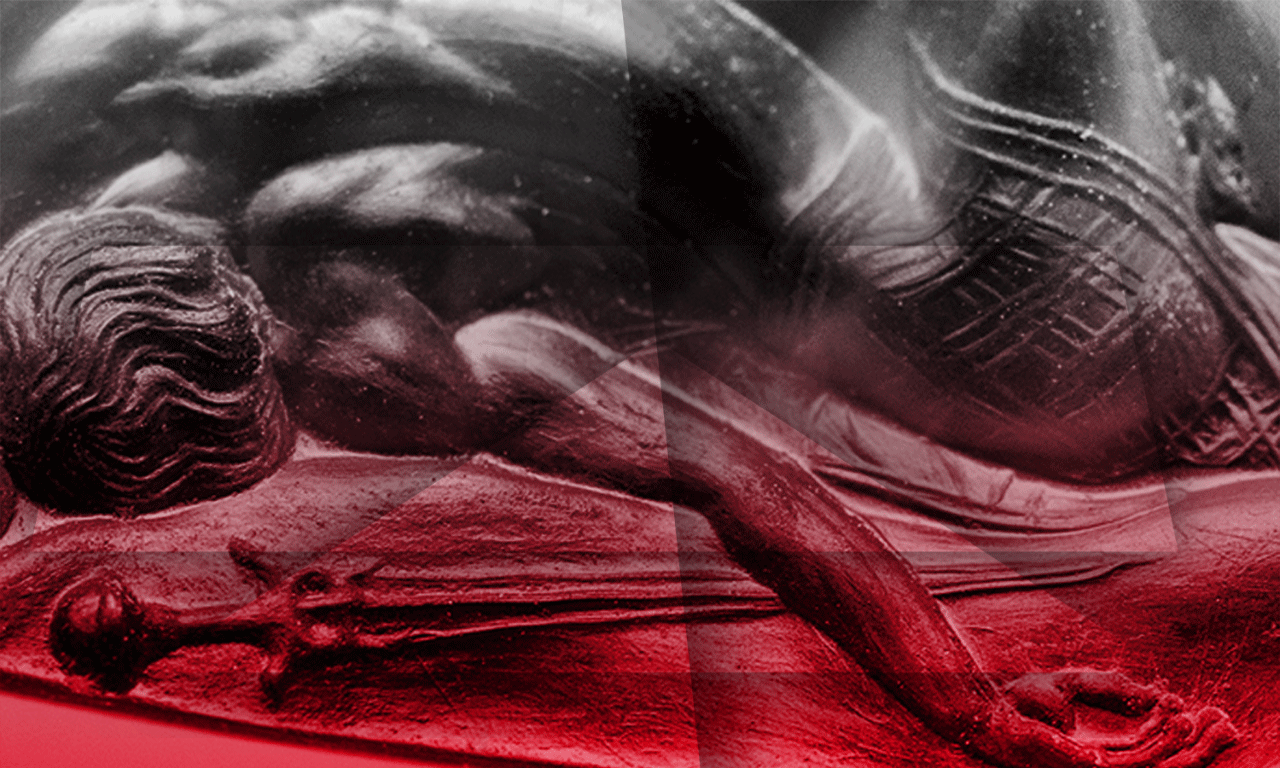Johane Derite
Regular Member
- Messages
- 1,850
- Reaction score
- 885
- Points
- 113
- Y-DNA haplogroup
- E-V13>Z5018>FGC33625
- mtDNA haplogroup
- U1a1a
The Pylos Combat Agate is an Ancient Greek seal created by Minoans in Crete during the Mycenaean era. It depicts a warrior engaged in hand-to-hand combat. It was discovered in the Griffin Warrior Tomb near the Palace of Nestor in Pylos and is dated to about 1450 BCE.
LINK: https://en.wikipedia.org/wiki/Pylos_Combat_Agate
The seal is 3.4 cms in length and yet shows immense detail and realism. You can even see the sinewy fibres of deltoid muscles, etc. This is extremely perplexing considering how tiny this seal is and how advanced it is compared to other contemporaneous works. The detail suggests it must have involved the use of some sort of lens although the oldest lens we know of until now is from 750BC made by Assyrians. Although these are quite crude.
What's going on here??



LINK: https://en.wikipedia.org/wiki/Pylos_Combat_Agate
The seal is 3.4 cms in length and yet shows immense detail and realism. You can even see the sinewy fibres of deltoid muscles, etc. This is extremely perplexing considering how tiny this seal is and how advanced it is compared to other contemporaneous works. The detail suggests it must have involved the use of some sort of lens although the oldest lens we know of until now is from 750BC made by Assyrians. Although these are quite crude.
What's going on here??




